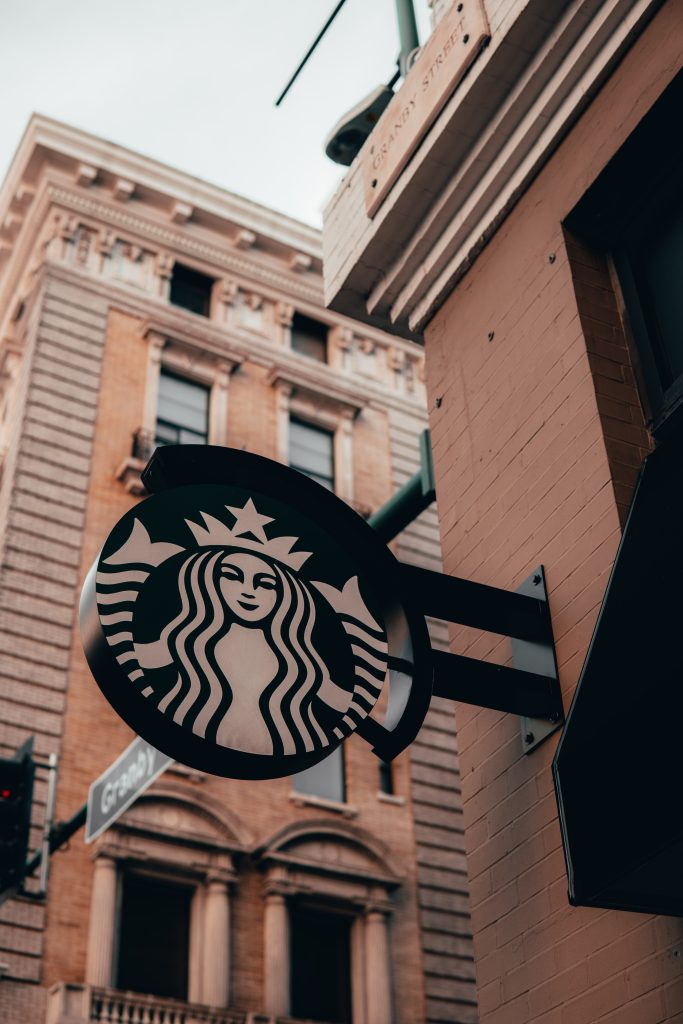In recent years, a new type of financial institution has emerged: the neo bank. Neo banks are digital-only banks that offer many of the same services as traditional banks, but without the overhead costs associated with brick-and-mortar branches. As a result, they are able to offer competitive interest rates and fees. In addition, neo banks often have cutting-edge technology that makes managing finances easier and more convenient. For example, some neo banks offer mobile apps that allow customers to deposit checks remotely, track spending, and transfer money quickly and easily. As more and more consumers ditch traditional banks in favor of neo banks, it’s clear that this new type of financial institution is here to stay. Where does Starbucks fit in?
Starbucks continues its growth in loyalty and stored value programming, and as Abhinav Paliwal explains in Finextra, the “Starbucks is a bank” vision from Howard Schultz is true, making it a quiet player in the neo-banking industry:
By 2011, 1 in 4 Starbucks transactions (25%) were done via the revamped Starbucks Card program. Starbucks Rewards now has 24m+ members and spending on the Card program has exploded.
In the decade after the gift card launched (2001-2011), customers spent $10B total on it. Today, they load or reload $10B+ per year on the Card program (40-45% of the chain’s entire sales).
The perks and program are habit building. And customers happily keep the Card loaded with money for future consumption.
Most interestingly, Starbucks is essentially operating as a bank without the traditional regulations and its deposit volume would rank it in the upper echelon of U.S. banks:
For Starbucks, stored card value is effectively a “bank deposit”. It is recorded as a liability and Starbucks can use the funds immediately for the business. Stored value has fewer regulatory requirements, though:
• It can’t be redeemed for cash
• It doesn’t offer interest
• It isn’t insured
To put Starbucks ‘ $1B+ in stored value in context, consider that 85% of US banks have less than $1B in assets.
While the scope is clearly limited to Starbucks locations, the opportunity to continue to hold significant consumer share of wallet is a clear differentiator because of the deposited value held along with the volume of locations enabling easy consumer access to spend their stored value credit.
Overview by Jordan Hirschfield, Director of Research at Mercator Advisory Group
